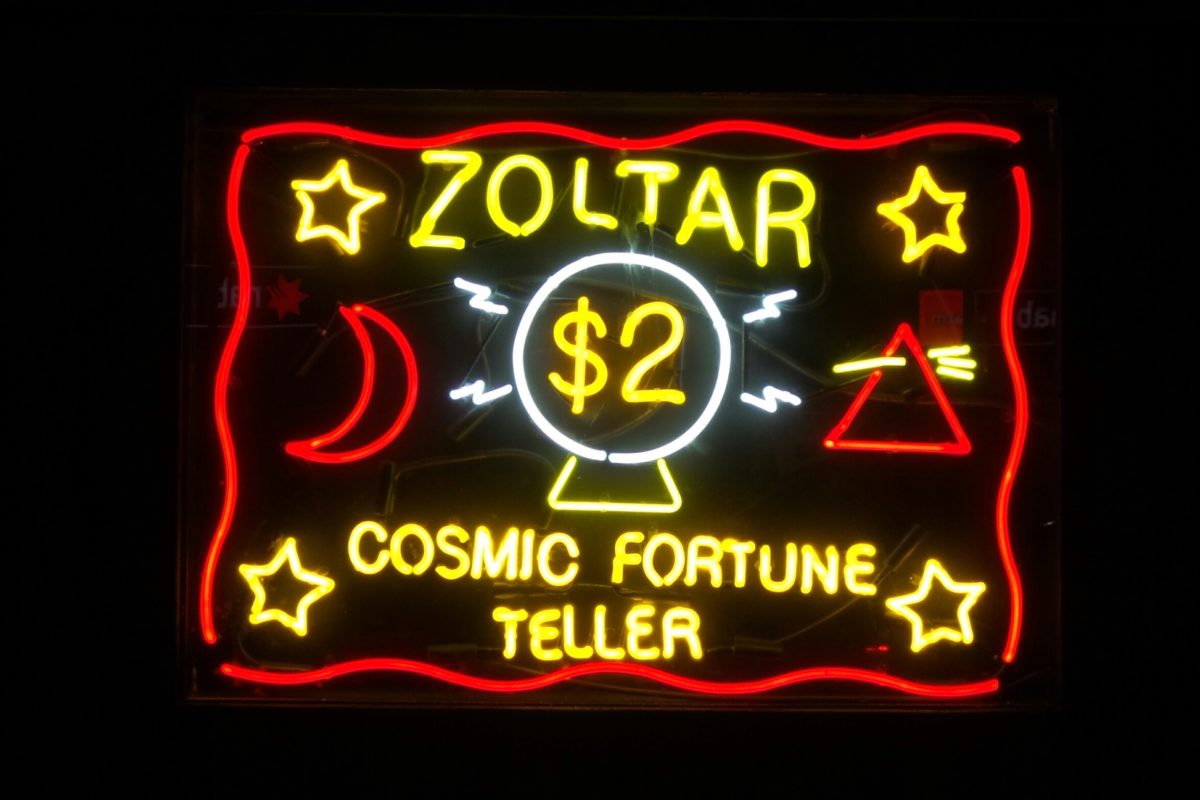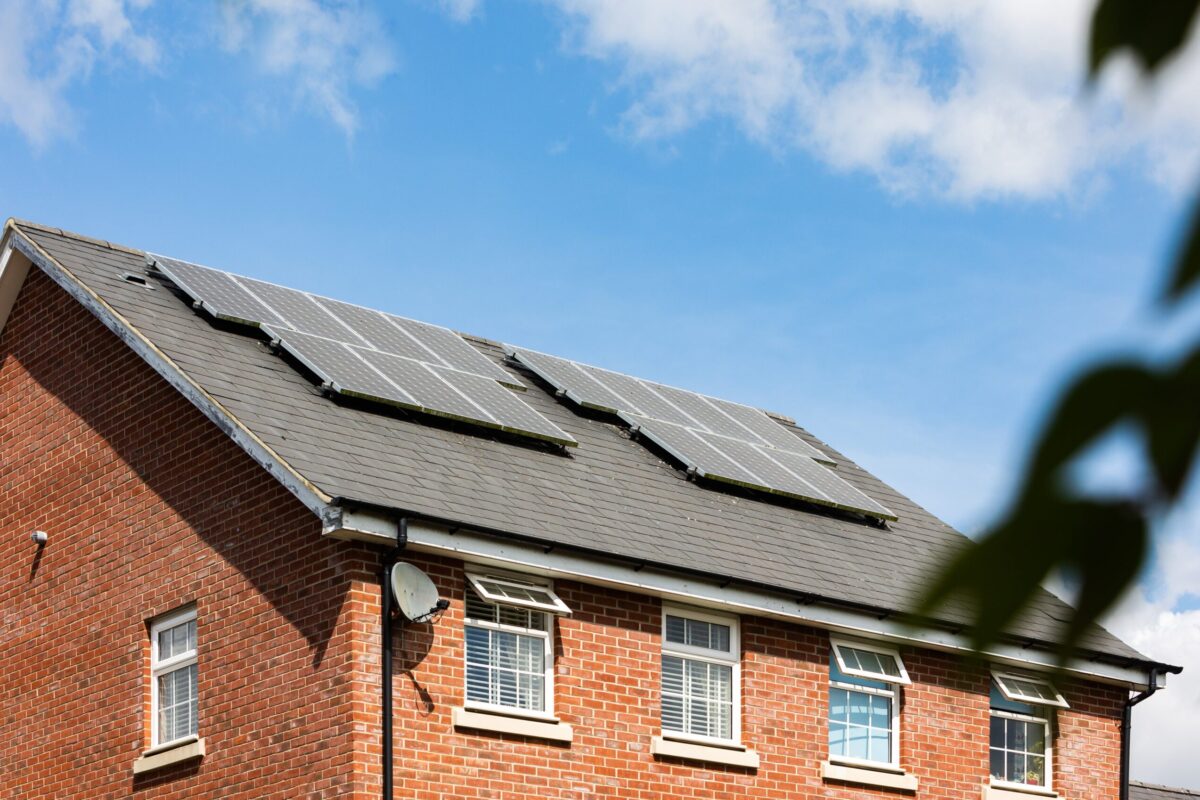Willis Carrier developed the first mechanical refrigeration system in 1903. It took another 50 years before window air conditioners became popular in homes and businesses. Hot and humid climates, such as those in the southeast, were by necessity the first to widely adopt air conditioning. By the 1970s, air conditioning was standard and the industry matured to one in which system maintenance and upgrades were the bread and butter for industry professionals.
The PV industry has followed a similar path. Bell Labs developed the modern solar cell in 1954. 50 years later rooftop PV was becoming popular in certain U.S. markets. Because of high electric rates, California and Hawaii were at the forefront of PV adoption.
By 2019, California hit a million rooftop PV systems in 2019, and solar is now standard on new California homes. Those intrepid early adopters of rooftop solar are now upgrading their 10- and 20-year old systems with new inverters, as well as adding battery storage. Solar-plus-storage systems are going into millions more buildings around the U.S.
How do these HVAC industry experiences foreshadow developments in the PV industry? Here are a few likely outcomes:
- The solar industry will evolve from component brands to system brands. This evolution will become even more important as battery systems become standard. With ample module and battery cell manufacturing capacity, not all system components must be manufactured by the system brand. SunPower was ahead of the pack in this regard, integrating its panels with OEM inverters, all installed by their branded dealer network — perhaps so far ahead of the pack that they recently decided to divest their module brand.
- New installations in all market segments will be on a tear for the next 20+ years as all buildings with decent solar potential will have PV on their rooftops. Unlike the HVAC industry – which relied on enhanced comfort to drive sales – PV systems provide both economic and valuable environmental benefits. Except for temporary incentive and policy blips, the fundamental economics for solar generation in all markets will drive long term installation growth.
- Inverter, monitoring, battery and configuration support will be an increasing part of every established PV contractor’s business. Customers will select contractors based on their reputation supporting existing customers. Since ongoing maintenance is rarely priced into the cost of a new installation, maintenance on existing systems is likely to be expensive.
- Equipment branding will be a key differentiator for solar-plus-battery systems. Just as Carrier, Trane and Lenox dominate HVAC system brands, profitable solar equipment manufacturers will need to invest in their brands on both a financial and technology basis.
- Batteries and home energy system integration will become a core competency of solar contractors. Accordingly, their skill set will extend to indoor electrical and communications wiring, home network integration, app-based configuration, and remote software updates as equipment and electric rates change.
- I believe it is most likely that inverters will be the home energy hub, rather than the other two largest home energy consumers – HVAC systems and cars. Since inverters will control both generation and storage, they will essentially act as a traffic cop to direct power flows among appliances depending on electric rates, grid conditions (or lack thereof), and appliance energy needs/surpluses.
- Finally, software, communications and cybersecurity will be among the most important components of solar-plus-storage systems. Great solar cell, inverter or battery technology will not be usable by installers and customers without a complete suite of secure and easy-to-use software.
Willis Carrier probably never imagined the ubiquitous growth of refrigeration and air conditioning, just as the inventors of solar cells never imagined the ubiquity of PV systems. The solar-plus-storage industry is destined to be a key part of virtually every building in the U.S. From a growth perspective, we haven’t seen anything yet.
***
Barry Cinnamon is the founder of Cinnamon Energy Systems, a Silicon Valley solar (and energy storage) installer with a 20-year track record.
The views and opinions expressed in this article are the author’s own, and do not necessarily reflect those held by pv magazine.
This content is protected by copyright and may not be reused. If you want to cooperate with us and would like to reuse some of our content, please contact: editors@pv-magazine.com.







I think there will be less, not more rooftop solar as a fraction of total solar installations. As panels, batteries and balance-of system components fall in cost owing to economies of scale, there will be greater advantage to larger scale commercial and utility systems.
Individual rooftop systems, especially retrofits, have major disadvantages owing to their small scale and highly customized nature – each has to be individually sold, designed, permitted and installed. The “hassle factor” costs associated with permitting and installation will not fall nearly as much as component costs have and will continue to do.
As individual rooftop systems age, current and future homeowners hosting these systems will grapple with repair costs of both roof and system as well as the penetrations necessary through the roof that secure these systems…none of that will age well as storms become more frequent and intense.
The cost difference between the smallest and biggest system sizes, now about 3-4x, will continue to increase.
Those motivated by non-economic aspects (“being green”) may be less motivated as long as their local utility makes progress toward deploying big solar.
I’m in the new construction HVAC business and have participated in several rooftop solar projects.
Curt…
While you make good points on INITIAL costs…large scale solar being cheaper…. vs small solar …There are other costs and other reasons… All segments will grow and roof top solar is not going away!
Customers that go solar …. given a choice… stick with monopoly utility company or own your own solar power plant … people would rather own…. They don’t trust utility to keep rates low…Also , customers is many states –including California ands Hawaii …. are getting solar plus storage… to have power when utility not up.. look at California… Utility company had top turn power off for days because of fire risks!
In case of Hawaii, electric is expensive and real estate expensive .. they do not have ability to store enough electric so people are getting batteries…utlity scale solar.. while they have done some… its the roof top market is more viable… We are seeing more EV’s which will increase demand .. and customers don’t want to pay utility company to charge EV.
As far as holding up in hurricanes and storms… There are very robust mounting (racking and flashings), installation techniques and plan reviews meet or exceed local building codes…for instance 180mph winds in Miami…. I’ve seen rent pictures from hurricane sandy.. and other storms the solar panels stayed on roof even when home moved from its foundation and had other damage! The flashings are also very robust —simular to what a home has around vents and chimneys… and again wind rated..
The other point is although large scale solar plant is initially cheaper…. you have to add in cost of all infrastructure … real estate, lines, transformers, transmission equipment, buildings, administration, environmental review, arrangement of financing, other overhead … etc…This is a lot of overhead you just don’t have with smaller solar systems. Permitting and construction also a lot longer with big solar…. it’s not unusual to take 1-2 yrs from when utility says yes that project is completed…
Third point, California, Florida and other states/cities are requiring solar on new construction homes… this is going to further rooftop solar…
I founded Green Planet Solar Systems, and have been in solar business for 12 years in Florida. http://www.greenplanetsolarsystems.com . Green Planet Solar Systems serves residential , commercial, and government customers.
I am a graduate electrical engineer
Who is so passionate about solar power I do learn more with good update by this site may you make me a solar ambassador here in nigeria
With some of the new ‘smart’ ESS technology becoming available for the residential sector, it is more important than ever to analyze the entire system for ‘all’ grid services available within the system’s design. for instance Sonnen’s ecolinx has smart home technology, communications, the ability to be monitored and controlled from a smart phone with an app and can perform grid operations like arbitrage, where the energy storage system can charge from late night to early morning off peak generation and used before the solar PV system begins good power generation. The energy storage system can also determine energy use and need in the home and supplement power with its built in inverter any time of the day or night. With smart ESS and the electric utilities trying their very best to dilute the value of solar PV, with TOU, demand charges and tiered electricity rates based on blocks of electricity use each day, the ESS is becoming more important than the solar PV alone.
Thank you so much for sharing this amazing article.
Very informative post you share.
Hey, this news is so interesting. I wonder how much technology has stored in it. Great ideas!